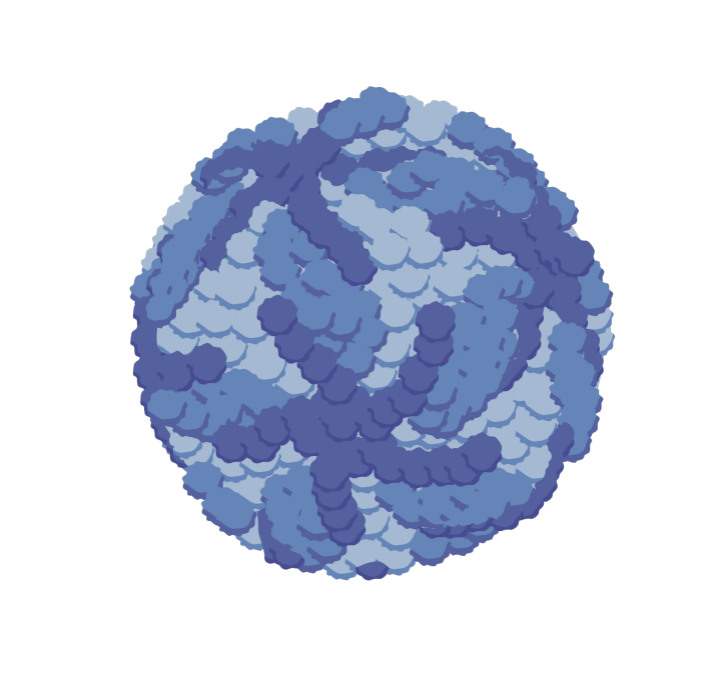In protease inhibitor testing, various challenges may be encountered. Here are five common challenges:
1. Selectivity and specificity of inhibitors
Challenge description: There are various types of protease inhibitors, and each inhibitor has different inhibitory effects on specific proteases. Choosing inhibitors with high selectivity and specificity is the key to successful testing, but it is often a complex and challenging task.
Solution: Screening suitable inhibitors through literature research and pre experiments to ensure their high specificity and inhibitory effect on the target protease.
2. Interaction mechanism between inhibitors and proteases
Challenge description: Understanding the specific interaction mechanism between inhibitors and proteases is crucial for optimizing testing conditions and interpreting test results. However, this interaction may involve complex intermolecular forces and conformational changes, making it difficult to accurately predict and verify.
Solution: Combine various methods such as molecular simulation, crystallographic analysis, and biochemical experiments to study the interaction mechanism between inhibitors and proteases.
3. Experimental condition control
Challenge description: The accuracy of protease inhibitor testing is affected by various experimental conditions, such as temperature, pH value, ionic strength, etc. Small changes in these conditions may have a significant impact on the test results.
Solution: Strictly control the experimental conditions to ensure that all tests are conducted under the same conditions. At the same time, conduct condition optimization experiments to determine the optimal testing conditions.
4. Sample stability and handling
Challenge description: Sample stability is another important issue in protease inhibitor testing. Samples may be affected by various factors during collection, storage, and processing, leading to changes in protease activity.
Solution: Adopt appropriate sample collection, storage, and processing methods, such as adding stabilizers, maintaining low-temperature storage, etc., to ensure the stability of the sample before testing.
5. Data analysis and interpretation
Challenge description: Protease inhibitor testing typically generates a large amount of data, and accurately analyzing and interpreting this data is an important challenge. Incorrect data interpretation may lead to misleading conclusions.
Solution: Use statistical methods and appropriate software tools to process and analyze the data. At the same time, provide a reasonable explanation of the results based on professional knowledge and experimental background to avoid subjective speculation.
In summary, protease inhibitor testing faces multiple challenges, but by selecting appropriate inhibitors, conducting in-depth research on interaction mechanisms, strictly controlling experimental conditions, ensuring sample stability, and analyzing data reasonably, the accuracy and reliability of the testing can be improved.
Share on:
Facebook
Twitter
Pinterest
WhatsApp
Recent posts
We recommend


